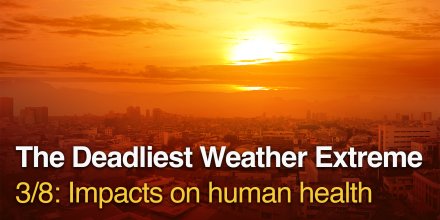
Comprehensive Climate Risk Assessment - Now at Your Fingertips with climate+
Make informed decisions with location-specific Climate Risk Reports, available within minutes.

Make informed decisions with location-specific Climate Risk Reports, available within minutes.

Health risks surge as extreme heat becomes more frequent and prolonged.
|
|
|||||||||
|---|---|---|---|---|---|---|---|---|---|
|
Icon
|

|

|

|

|

|

|

|

|
|
|
Temperature (°F)
|
|||||||||
|
Temperature felt (°F)
|
68° |
67° |
70° |
77° |
80° |
77° |
72° |
70° |
|
|
Wind direction
|
NNW |
NW |
NE |
ENE |
ENE |
ENE |
ENE |
ENE |
|
|
Wind speed (mph)
|
NNW
0-4
0-4
|
NW
0-4
0-4
|
NE
0-8
0-8
|
ENE
0-12
0-12
|
ENE
0-13
0-13
|
ENE
1-15
1-15
|
ENE
1-14
1-14
|
ENE
0-11
0-11
|
|
|
Precipitation (in/3h)
|
< 0.04 in
25%
< 0.04
|
< 0.04 in
35%
< 0.04
|
< 0.04 in
45%
< 0.04
|
0.11 in
60%
0.11
|
0.05 in
95%
0.05
|
< 0.04 in
100%
< 0.04
|
< 0.04 in
90%
< 0.04
|
< 0.04 in
75%
< 0.04
|
|
|
Precipitation probability
|
25%
|
35%
|
45%
|
60%
|
95%
|
100%
|
90%
|
75%
|
|
|
Precipitation hourly
|
|||||||||
|
rainSPOT
Precipitation distribution within 20 km
|
|
On Friday there is a chance of thunderstorms and local showers. The sun will not be visible. A very high chance of Precipitation near 90% is forecast. Temperatures as high as 79 °F are foreseen. Night and day it is calm. Gusts to 15 mph are possible. Winds blowing overnight from Northwest and by day from Northeast. The weather forecast for Vilnius for Friday can be accurate in parts but deviations are expected. Check again for latest updates.
Pressure: 1009 hPa
Timezone: EEST (UTC +03:00h)
The location marker is placed on Vilnius. This animation shows the precipitation radar for the selected time range, as well as a 2h forecast. Orange crosses indicate lightning. Data provided by nowcast.de (available in USA, Europe, Australia). Drizzle or light snow fall might be invisible for the radar. Precipitation intensity is colour coded, ranging from turquoise to red.
The real-time satellite image combines visible light during daytime with infrared radiation during nighttime. At night, the image is not dark as infrared radiation can detect temperature differences. Unfortunately, low clouds and fog are difficult to distinguish from ground temperatures and thus can be almost invisible during the night. Meteosat satellite images for Europe are updated in real-time every 5 minutes. GOES-16/GOES-17 (North & South America) and Himawari (Asia) images update every 10 minutes.
Precipitation is estimated from radar and satellites. Precipitation estimates from satellites are less accurate at night than during daytime.
© 2025 meteoblue, NOAA Satellites GOES-16 and EUMETSAT. Lightning data provided by nowcast.

Make informed decisions with location-specific Climate Risk Reports, available within minutes.

Health risks surge as extreme heat becomes more frequent and prolonged.
Advertising is essential to maintain our free website with unique detail and accuracy.
Please whitelist www.meteoblue.com on your ad blocker or consider buying one of our products:
Already have a subscription?
Then please login.